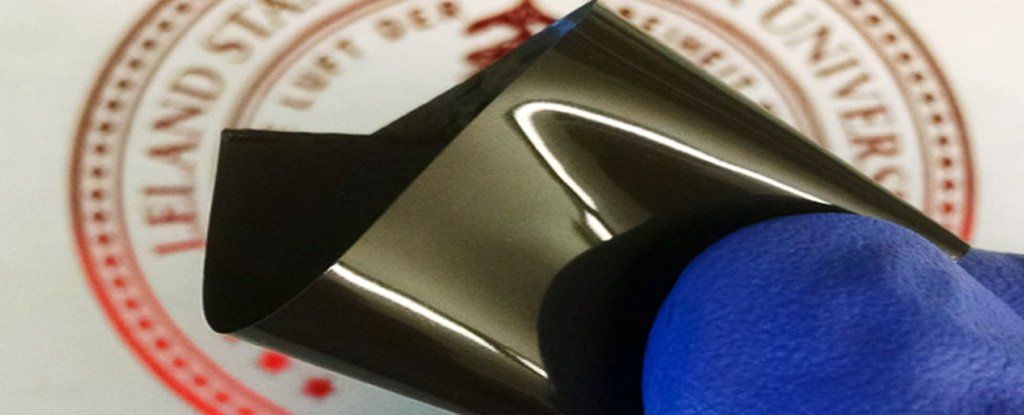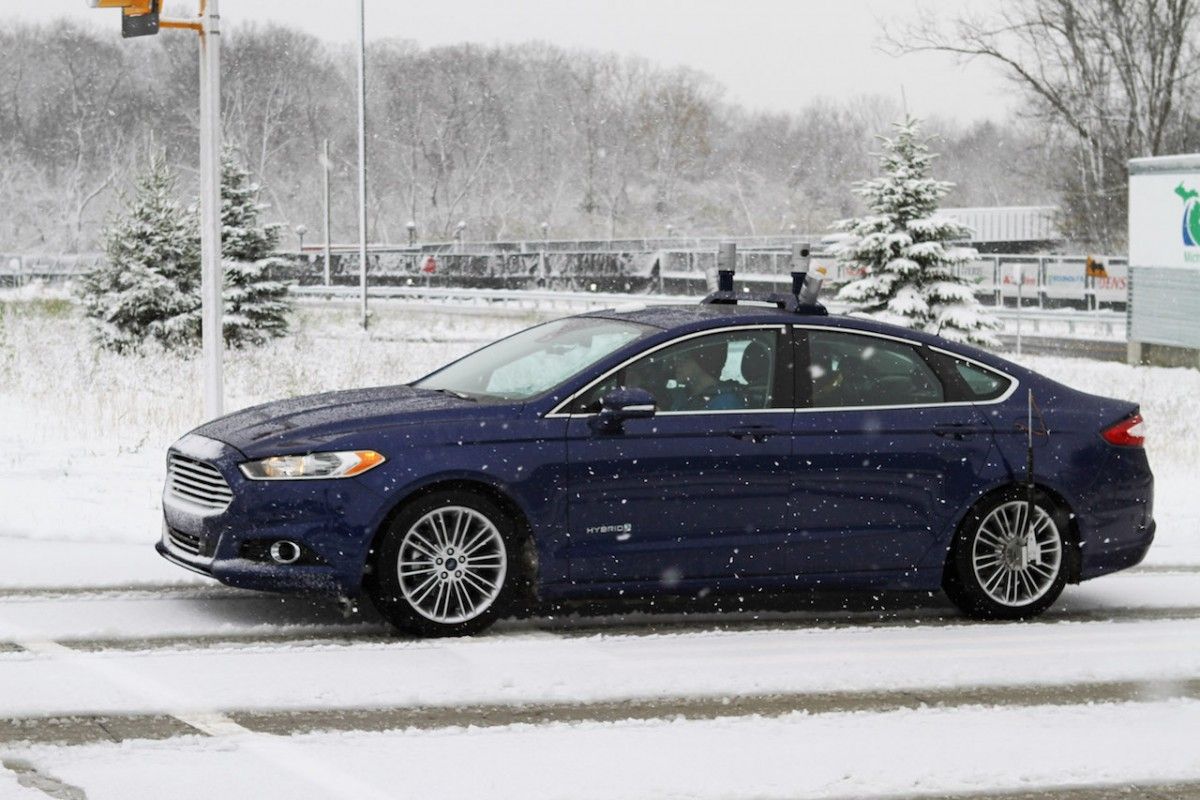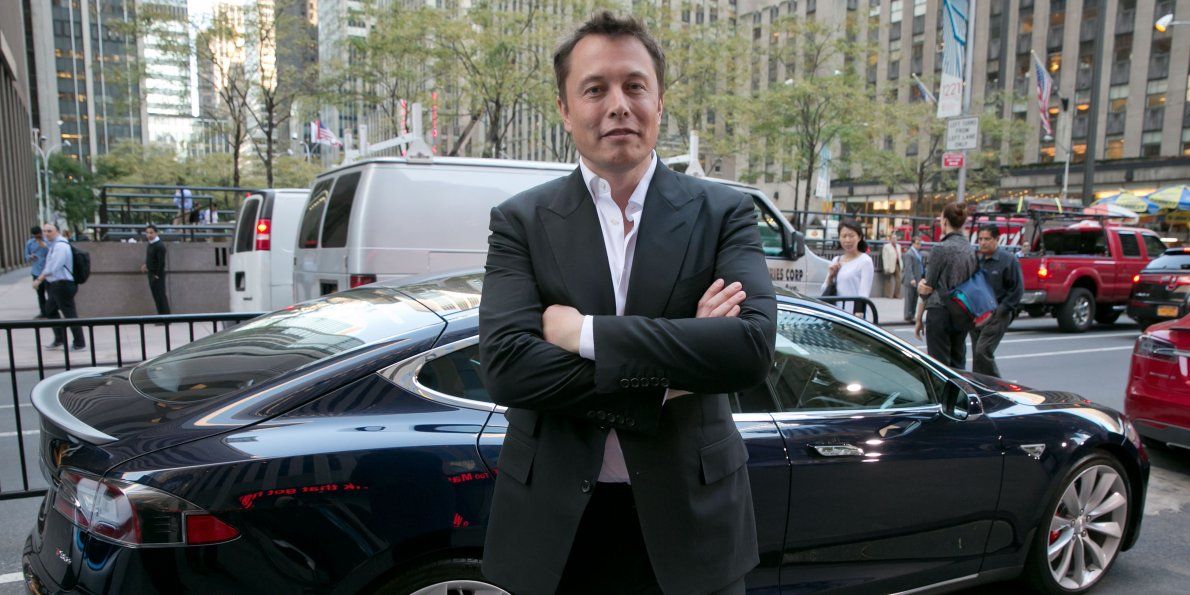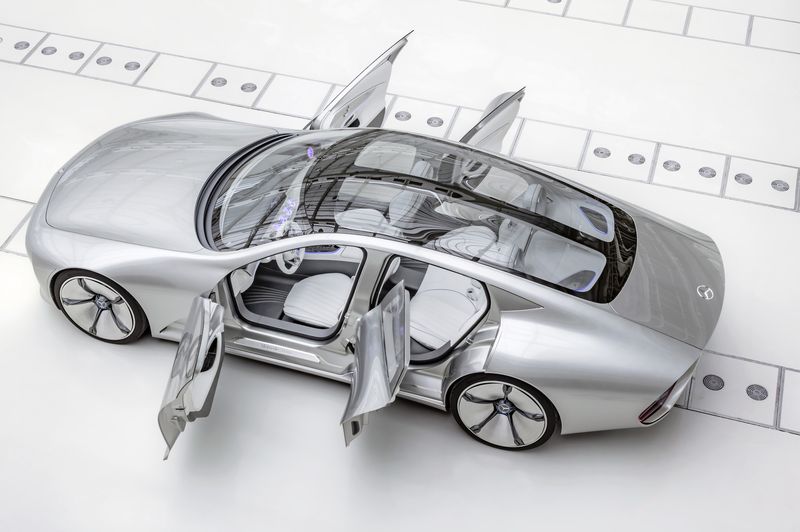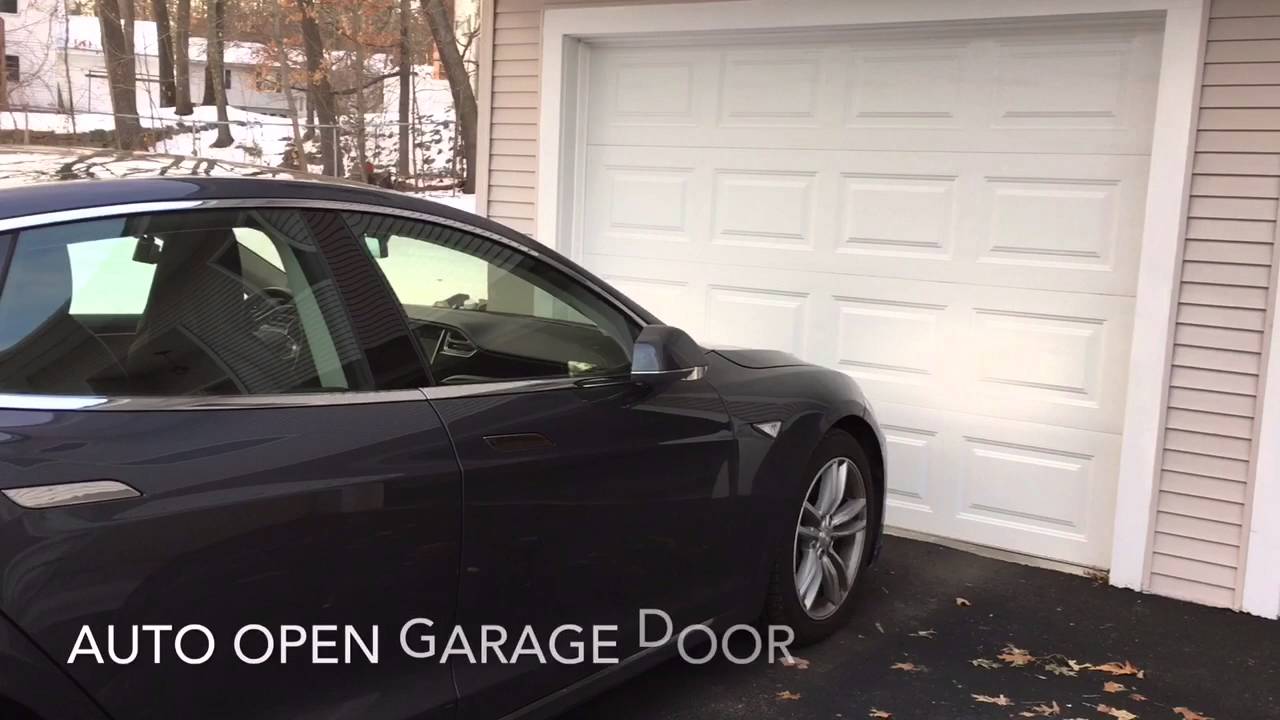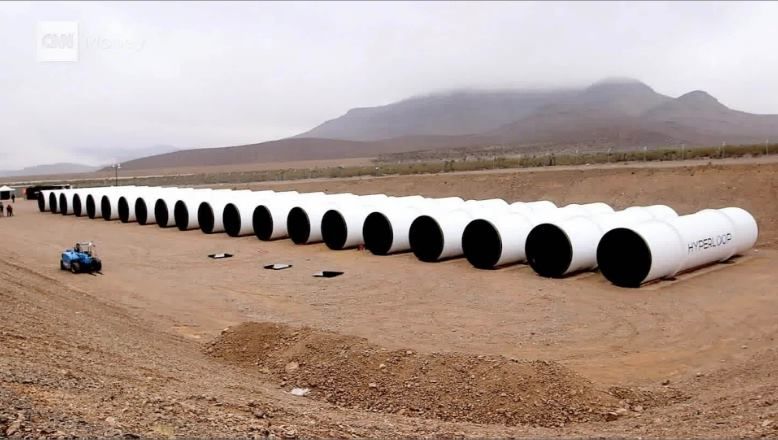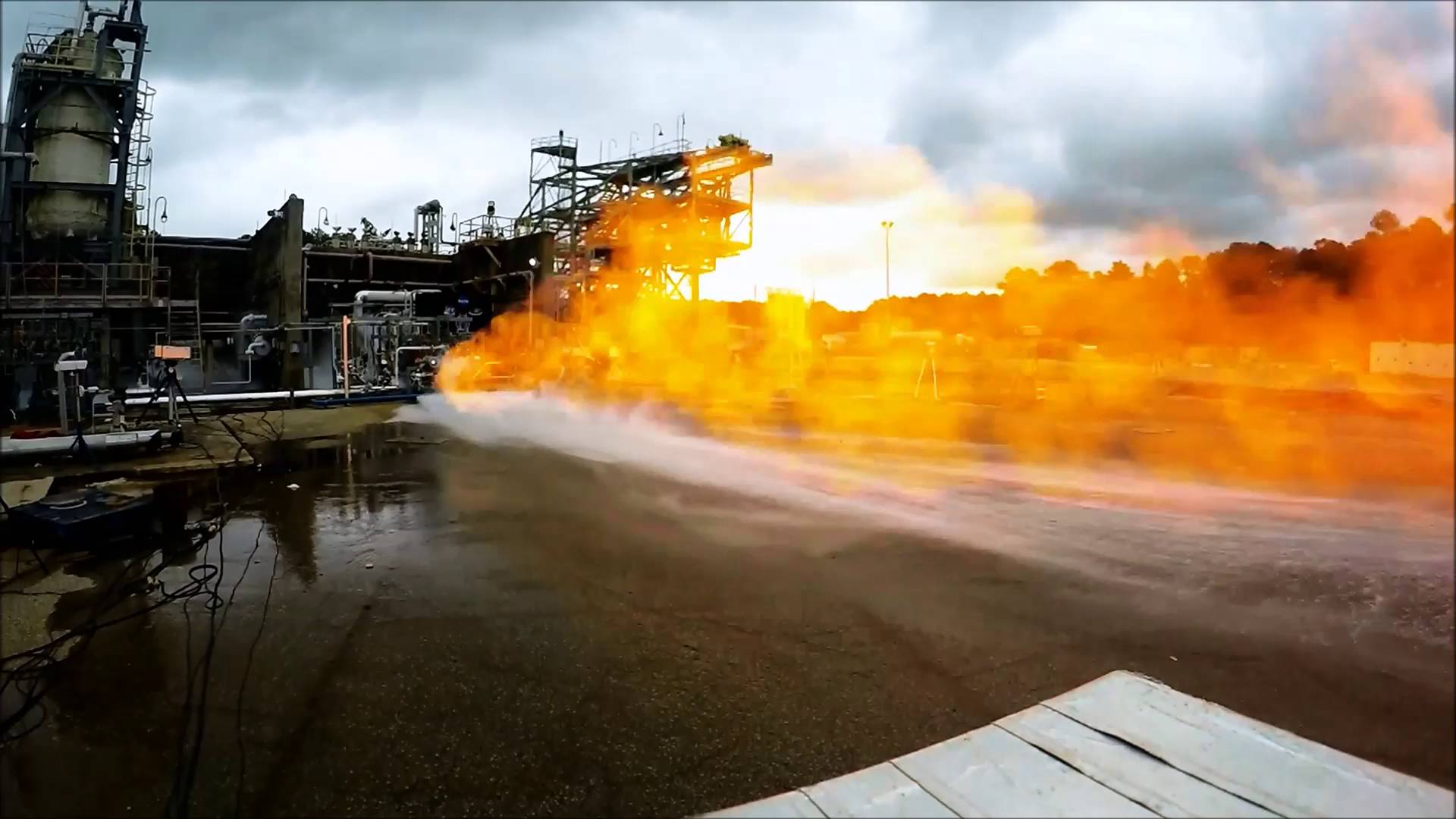As I have mentioned in some of my other reports and writings; infrastructure (power grids, transportation, social services, etc.) is a key area that we need to modernize and get funding soon in place given the changes that are coming. As Russia’s own power stations were hacked; it will not be anything to when the more sophisticated releases of the Quantum Internet and Platforms are finally releasing to the main stream. Someone last week asked me what kept me up at night worrying; I told them our infrastructure and we have not been planning or modernizing it to handle the changes that are coming in the next 5 years much less the next 7 years.
With cyberattacks gaining in sophistication and volume, we can expect to see a range of new targets in the year ahead.

